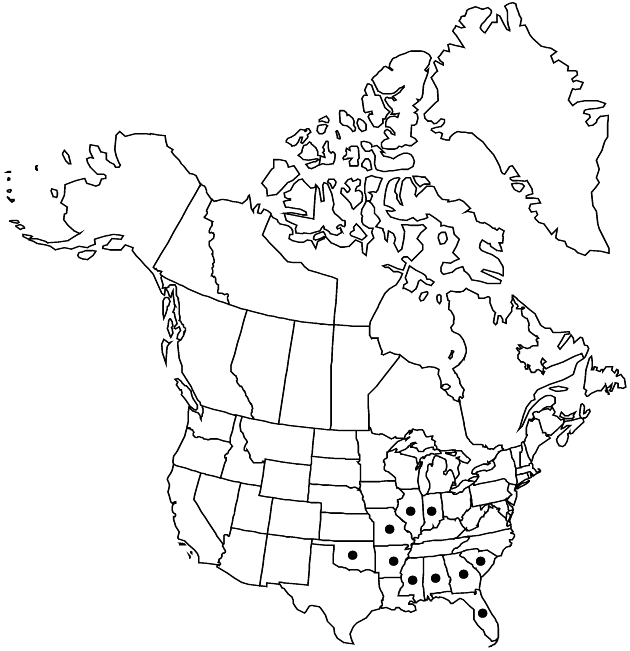Difference between revisions of "Hymenopappus scabiosaeus var. scabiosaeus"
Treatment appears in FNA Volume 21. Treatment on page 315.
FNA>Volume Importer |
FNA>Volume Importer |
||
| Line 41: | Line 41: | ||
|publication year= | |publication year= | ||
|special status= | |special status= | ||
| − | |source xml=https://jpend@bitbucket.org/aafc-mbb/fna-data-curation.git/src/ | + | |source xml=https://jpend@bitbucket.org/aafc-mbb/fna-data-curation.git/src/f50eec43f223ca0e34566be0b046453a0960e173/coarse_grained_fna_xml/V19-20-21/V21_776.xml |
|tribe=Asteraceae tribe Heliantheae | |tribe=Asteraceae tribe Heliantheae | ||
|subtribe=Asteraceae (tribe Heliantheae) subtribe Hymenopappinae | |subtribe=Asteraceae (tribe Heliantheae) subtribe Hymenopappinae | ||
Revision as of 21:40, 16 December 2019
Peduncles usually subtended by ± membranous bracts 5–14 × 3–10 mm. Phyllaries whitish, 7–15 × 4–8 mm.
Phenology: Flowering Apr–Jun.
Habitat: Sandy soils, openings in pine and/or oak woodlands
Elevation: 10–300+ m
Distribution

Ala., Ark., Fla., Ga., Ill., Ind., Miss., Mo., Okla., S.C.
Discussion
Selected References
None.
Lower Taxa
None.